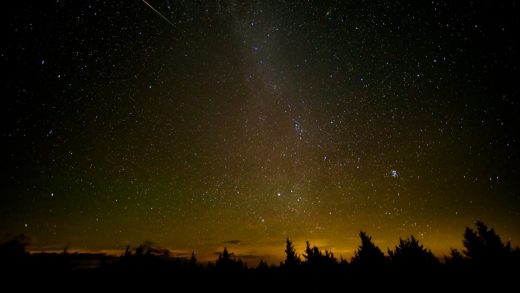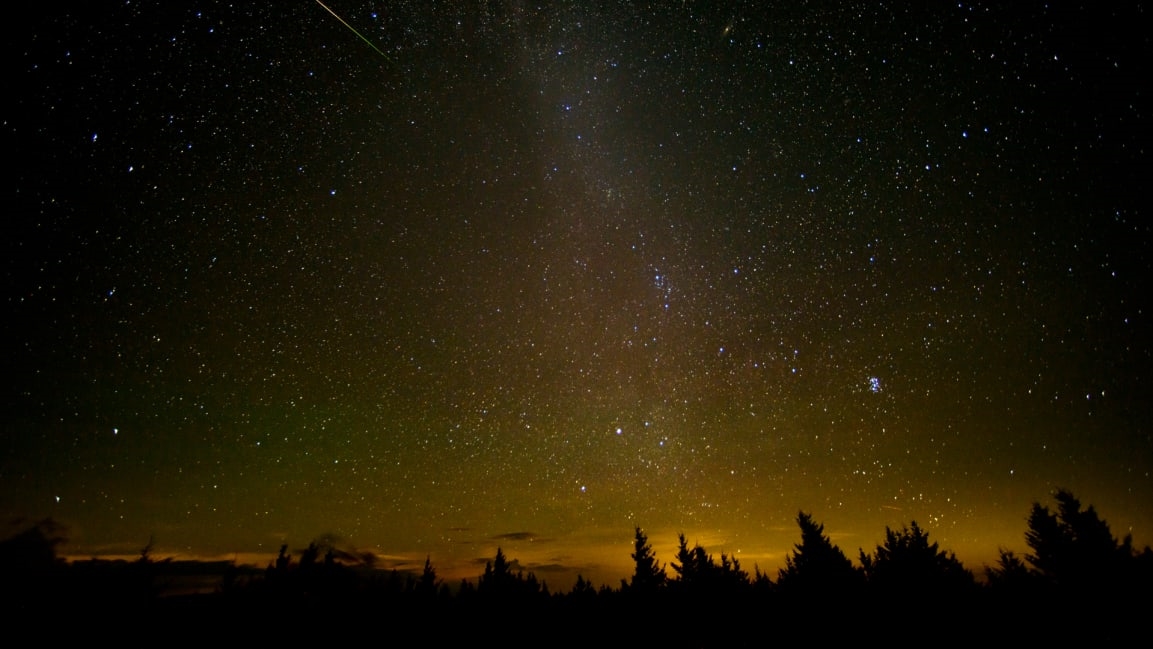The Perseid meteor shower peaks tonight: Here’s how to watch
Summer’s hottest show is taking place tonight, and everyone is invited. The annual Perseid meteor shower has been lighting up the sky with cosmic dust since July 13 and will continue through August 26, but between August 12 and 13 (tonight and tomorrow night), the show is hitting its peak. Under normal conditions, up to 100 meteors per hour would be expected to streak through the night sky in Mother Nature’s version of a laser light show.
However, the moon is nearly full and very bright, which unfortunately could outshine the fainter Perseids, a NASA meteor expert told Space.com. That doesn’t mean there won’t be Perseids, but the celestial light show won’t be quite as wild as when it hit its peak of 300 meteors per hour. Still, sky spectators can expect to see more than 10-15 Perseids per hour, which is more meteors than you see on an average night in Cleveland, which is why NASA swears it’s worth a trip outdoors in the dead of night.
The display will be most active between midnight and dawn. Here’s how to see it:
(26)



